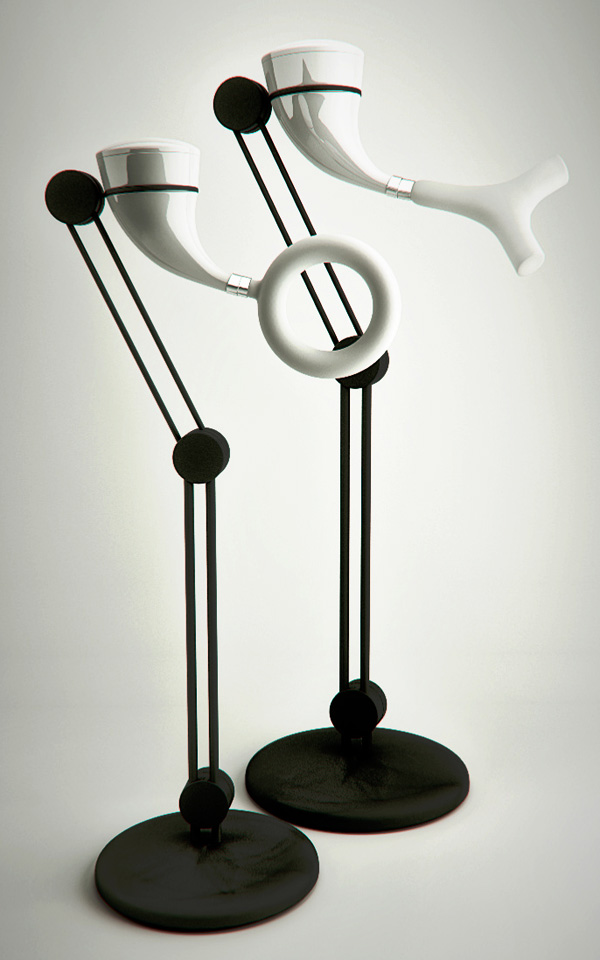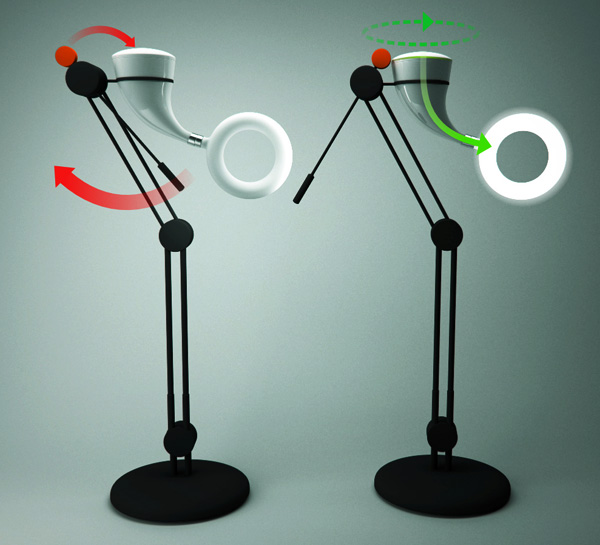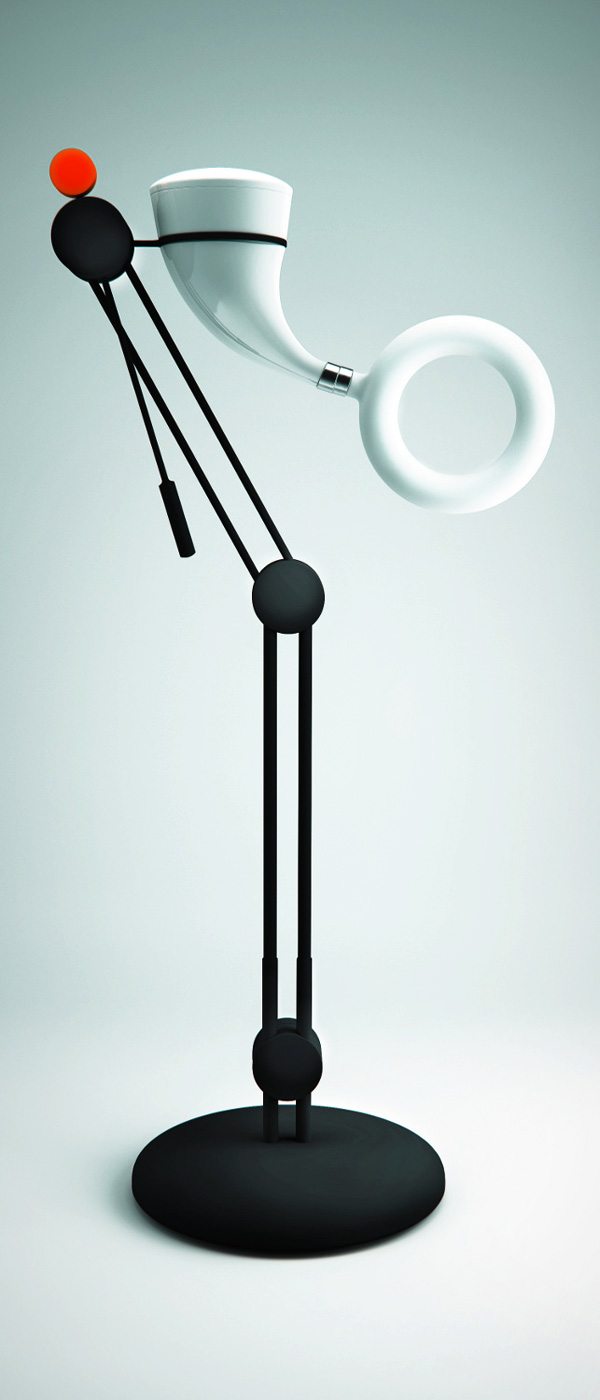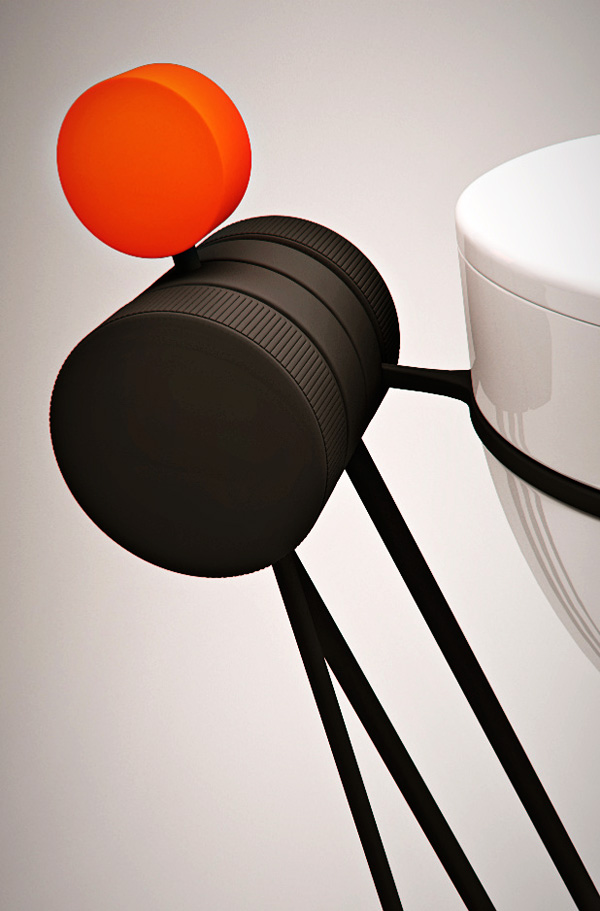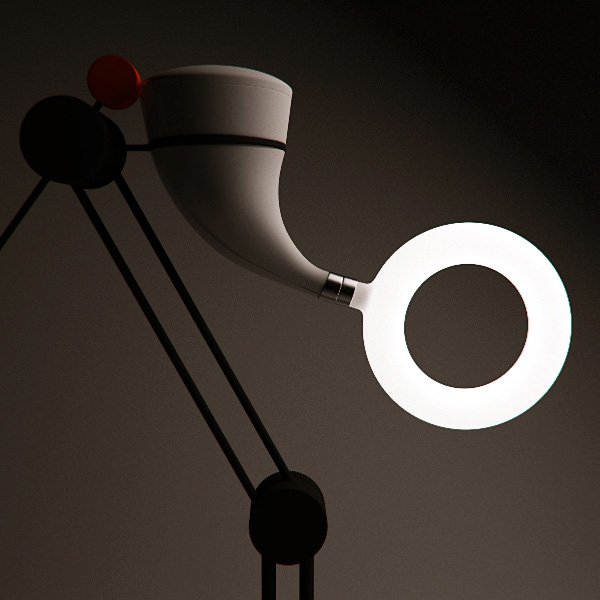




The researchers base their results on an examination of 50 Americans with leprosy, their connection with armadillos, and the cases where the infected person never left the United States. Animal borne diseases are called zoonoses. This unusual case of zoonotic leprosy in the United States is not the only case where humans have contracted an animal borne (zoonotic) disease. Here are some other unusual outbreaks of animal borne diseases.
Monkeypox
Monkeypox is an animal borne disease that causes nearly the same symptoms as the smallpox virus, such as blisters, fever and sore throat. This disease, which is prevalent in central and west Africa, made its way, via a shipment of African rodents, to the United States in 2003. The infected rodents spread the virus to some prairie dogs, which were later sold to a pet distribution center.
The CDC confirmed 37 cases of monkeypox, but no one died as a result. This exposure to the monkeypox virus in 2003 was the first in U.S history. As a result, scientists in the U.S Department of Agriculture- Wildlife Services initiated an investigation into the possibility that monkeypox could have spread to the surrounding wildlife.
Hantavirus
An unusual zoonotic disease emerged in the United States in 1993 call the Hantavirus, causing Hantavirus pulmonary syndrome (HPS), which causes a person's lungs to fill with fluid. The outbreak occurred in New Mexico, and several surrounding southwestern states.
The strain of virus that causes HPS has recently been identified and has been determined to be carried by certain rodents, like wild mice. The acquisition of the Hantavirus usually occurs when a person makes contact with an infected rodent's urine or droppings. Research shows that the Hantavirus cannot be spread from person to person. In the cases in the southwestern states, 40 percent turned fatal. Aside from spreading awareness, prevention measures are unclear at this time.
Tularemia
Every year in Colorado, during two seasons, people become infected with tularemia, which, according to Jefferson County Public Health, is a bacterial disease found in beavers, rabbits, and other rodents. A person can only get tularemia from an infected animal, as it cannot be passed from person to person.
Symptoms of tularemia include an extremely high fever, swollen lymph nodes, and sores or lesions where the bacteria initially entered through the victim's body. Although cases are reported yearly in Colorado, besides tracking infections among animals and spreading awareness, no preventative methods can be taken. Officials warn seasonal hunters, as they are the most susceptible to contracting tularemia.
The recent findings linking leprosy to armadillos in the Unites States, and these other unique cases of zoonoses, are a reminder to people that animals can carry damaging, and sometimes deadly, diseases. We should stay abreast of the possible diseases that are indigenous to our areas and practice safe, sanitary steps to ensure we do not become infected with animal borne diseases.
From : Ruqaiyya Noor












